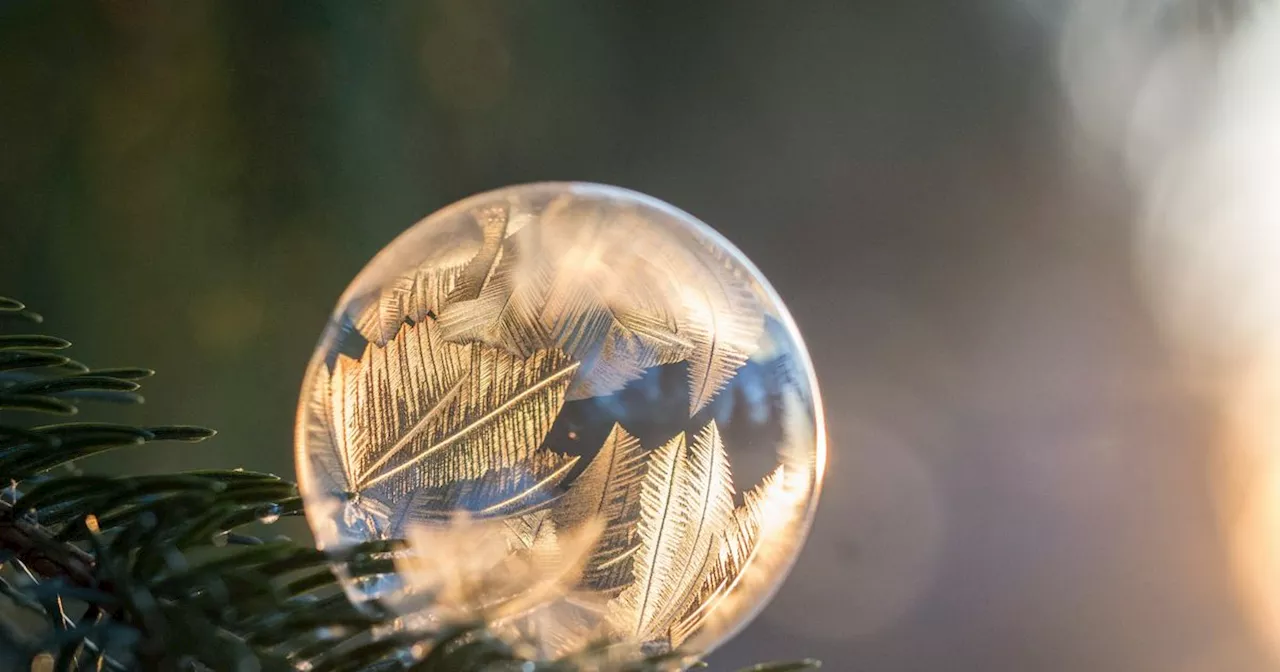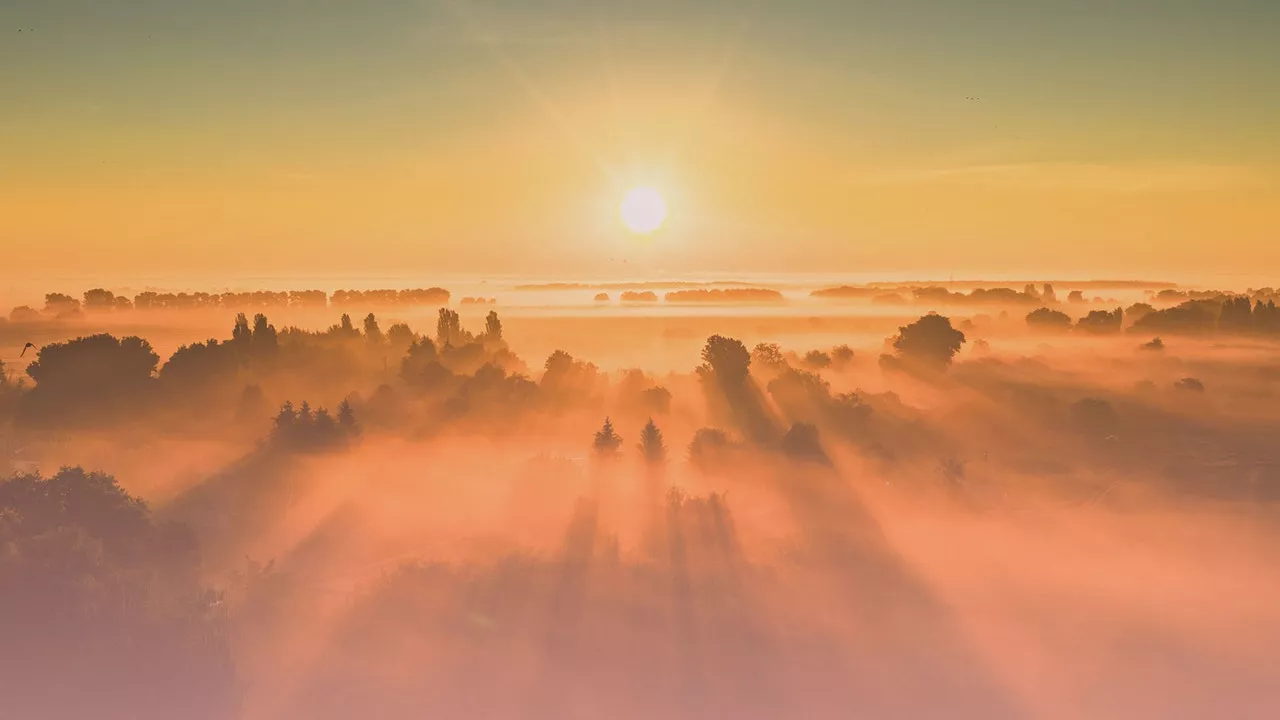The winter solstice arrives on Saturday, signaling the shortest day and longest night of the year in the Northern Hemisphere. Learn about the solstice, its significance, and how it impacts daylight hours.
The winter solstice is Saturday, bringing the shortest day and longest night of the year to the Northern Hemisphere—ideal conditions for holiday lights and warm blankets. For those who would rather have more sunlight, you can try to make your way to the Southern Hemisphere, where it is summer. Or be patient: Starting Sunday, days will get a little bit longer in the Northern Hemisphere every single day until late June.
These annual changes in sunlight as the Earth revolves around the sun have been well known to humans for centuries. Monuments such as Stonehenge in England and the Torreon at Peru’s Machu Picchu were designed in part to align with solstices.What is the solstice? As the Earth travels around the sun, it does so at an angle. For most of the year, the Earth’s axis is tilted either toward or away from the sun. That means the sun’s warmth and light fall unequally on the northern and southern halves of the planet. The solstices mark the times during the year when the Earth is at its most extreme tilt toward or away from the sun. This means the hemispheres are getting very different amounts of sunlight—and days and nights are at their most unequal. During the Northern Hemisphere’s winter solstice, the upper half of the Earth is tilted away from the sun, creating the shortest day and longest night of the year. The winter solstice falls between December 20 and 23. Meanwhile, at the summer solstice, the Northern Hemisphere is toward the sun, leading to the longest day and shortest night of the year. This solstice falls between June 20 and 22.During the spring and fall equinoxes, the Earth’s axis and its orbit line up so that both hemispheres get an equal amount of sunlight. The word equinox comes from two Latin words meaning equal and night. That’s because on the equinox, day and night last almost the same amount of time—though one may get a few extra minutes, depending on where you are on the plane
WINTER SOLSTICE EARTH SUN DAY NIGHT
United Kingdom Latest News, United Kingdom Headlines
Similar News:You can also read news stories similar to this one that we have collected from other news sources.
 Winter Solstice 2023: The Astronomical Start to WinterLearn about the winter solstice, the shortest day of the year and the astronomical start to winter in the Northern Hemisphere. This year, it falls on December 21st, marking the official beginning of astronomical winter. While temperatures may already be dropping, the winter solstice is distinct from the meteorological winter, which aligns with our 12-month calendar.
Winter Solstice 2023: The Astronomical Start to WinterLearn about the winter solstice, the shortest day of the year and the astronomical start to winter in the Northern Hemisphere. This year, it falls on December 21st, marking the official beginning of astronomical winter. While temperatures may already be dropping, the winter solstice is distinct from the meteorological winter, which aligns with our 12-month calendar.
Read more »
 Myth Country Returns for Winter Solstice SpecialCharlie Cooper's documentary series returns with a winter special focusing on the traditional festivals of the UK. The episode explores the Barrel Burning festival in Ottery Saint Mary, Devon, and the historical significance of winter festivals.
Myth Country Returns for Winter Solstice SpecialCharlie Cooper's documentary series returns with a winter special focusing on the traditional festivals of the UK. The episode explores the Barrel Burning festival in Ottery Saint Mary, Devon, and the historical significance of winter festivals.
Read more »
 Winter Solstice Is Around The Corner — Here’s Everything You Need To KnowWinter solstice is on December 21st.
Winter Solstice Is Around The Corner — Here’s Everything You Need To KnowWinter solstice is on December 21st.
Read more »
 The shortest day of 2024 and when winter officially beginsWinter is coming - and a therapy lamp could help minimise the impacts of seasonal affective disorder (SAD).
The shortest day of 2024 and when winter officially beginsWinter is coming - and a therapy lamp could help minimise the impacts of seasonal affective disorder (SAD).
Read more »
 The moment world's tallest and shortest women meet upThe world's tallest and shortest women have met up in London as part of Guinness World Record book celebration.
The moment world's tallest and shortest women meet upThe world's tallest and shortest women have met up in London as part of Guinness World Record book celebration.
Read more »
 When Will It Get Lighter? UK's Winter Solstice ExplainedThe article discusses the winter solstice in the UK, highlighting the phenomenon of shorter daylight hours and the anticipation for longer days. It details the shortest day of the year (December 21st), sunrise and sunset timings, and when noticeable changes in daylight duration will occur.
When Will It Get Lighter? UK's Winter Solstice ExplainedThe article discusses the winter solstice in the UK, highlighting the phenomenon of shorter daylight hours and the anticipation for longer days. It details the shortest day of the year (December 21st), sunrise and sunset timings, and when noticeable changes in daylight duration will occur.
Read more »
